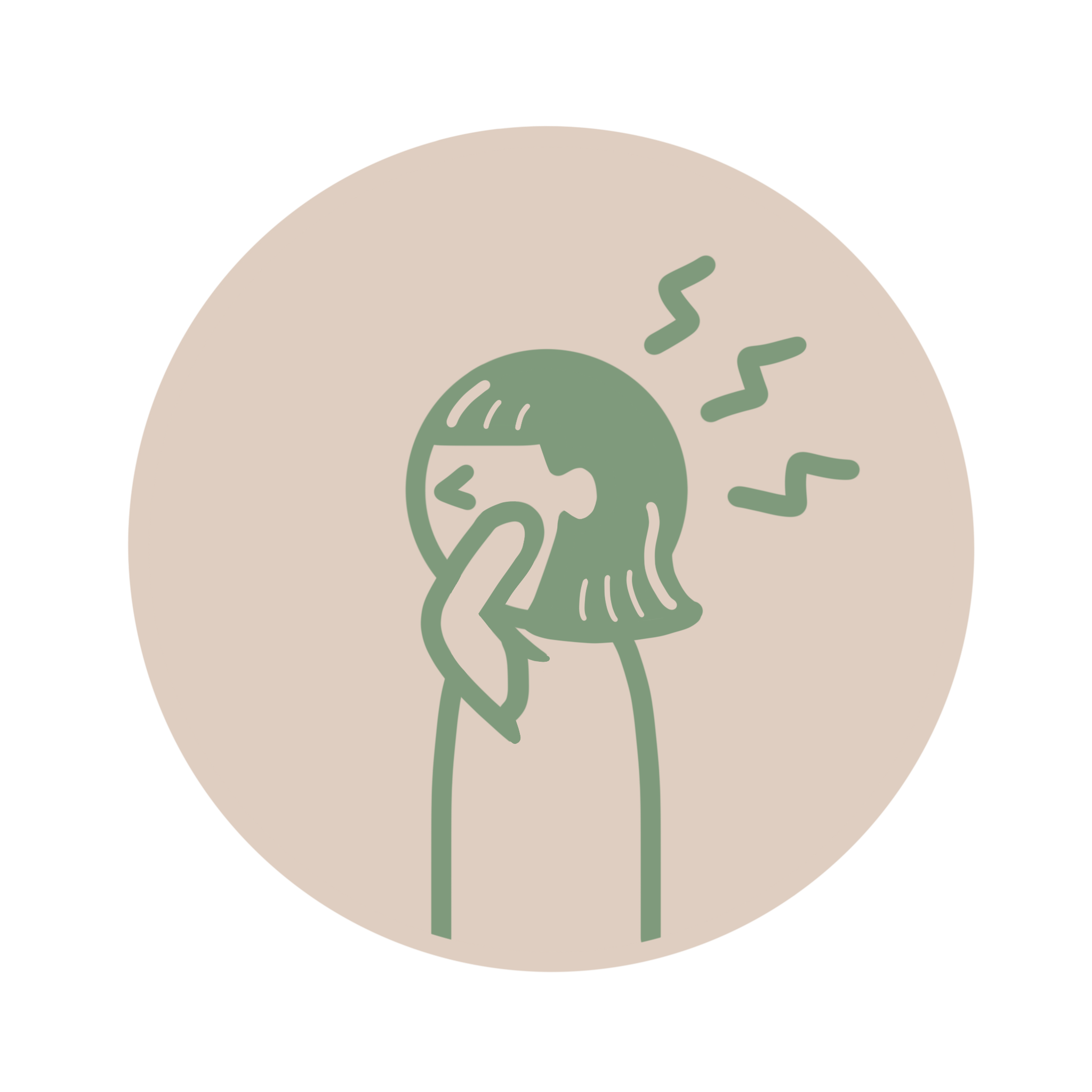Chiro in Tampines , East Singapore : Well-Balanced Family Chiropractic
Chiro in Tampines , East Singapore : Well-Balanced Family Chiropractic
Check Out Our 5 Stars Reviews
New Patient Promo for ONLY $80! Click HERE to BOOK NOW!
New Patient Promo for ONLY $80! Click HERE to BOOK NOW!
Headaches and migraines are common conditions that affect millions of people worldwide. They can be debilitating, affecting your ability to work, socialise and enjoy your daily activities.
According to the World Health Organization (WHO), almost half of the adult population has experienced a headache at least once within the past year.
Migraines are less common than headaches but still affect a significant number of people. According to the Migraine Research Foundation, migraines affect approximately 12% of the population, which translates to more than 1 billion people worldwide. Migraines are more prevalent in women than men, and they often start during adolescence or young adulthood.

Poor posture
Sitting at a desk for extended periods or looking down at a smartphone or tablet for long periods can cause increased stress on the neck and shoulders.
Tension and stress
Tension headaches are often caused by stress and tension in the neck, shoulder, and scalp muscles. This type of headache is typically mild to moderate in intensity and can feel like a tight band around the head.
Spinal misalignment
Misalignments or subluxations in the spine can cause tension in the muscles and nerves, leading to headaches and migraines.
Dietary triggers
Certain foods and drinks, such as caffeine, alcohol, chocolate, and processed foods.
Hormonal changes
Changes in hormones, such as during menstruation or menopause, can trigger migraines in some women.
Medical condition
Such as a concussion, sinus infection, or brain tumour.
While both headache and migraine can cause pain and discomfort, there are some key differences in the symptoms of these two conditions.
Headache symptoms typically include:
Migraine symptoms, on the other hand, can be more severe and include:
At Well-Balanced Family Chiropractic, our experienced chiropractors will review your medical history, lifestyle and conduct a thorough physical examination to determine the cause of your pain and whether chiropractic care is suitable for you. X-rays will be reviewed to identify the root cause and severity of your condition which is key to developing your personalised care plan.
Your care plan is tailored specifically to your condition, that may include the followings:
After completing your initial care plan, you have the option to continue with wellness care to maintain your results and make sure your body is functioning at its best. Most patients visit us every 2-4 weeks depending on their lifestyles.

Jason believes that true health comes from within, which led him to pursue his career as a chiropractor. He strives to restore balance, alleviate pain, and empower his patients on their wellness journey.
Understanding that each individual is unique and has different health conditions, Jason does not believe in a one-size-fits-all approach. Instead, he focuses on providing targeted chiropractic care tailored to each patient’s needs to provide the best possible outcomes. Jason’s caring nature, combined with his skillful adjusting techniques and knowledge has earned him the trust and appreciation of those under his care.
Certified in Extremity Adjusting, Paediatric Care, Kinesiology Taping
Fluent in English, Chinese(Mandarin), Cantonese

Yen Ee is a highly skilled female chiropractor with expertise in musculoskeletal health and wellness. With a Master of Science in Chiropractic from AECC University College in UK, Yen Ee provides personalised care for patients of all ages, from newborns to seniors.
Certified in the Webster technique, Yen Ee focuses on pregnancy care to ensure optimal pelvic alignment and a comfortable pregnancy journey. Additionally, Yen Ee excels in paediatric chiropractic care, promoting proper musculoskeletal development in young patients.
With a focus on sports injury rehabilitation, Yen Ee offers effective treatments and rehabilitative exercises to help athletes recover and enhance performance. Committed to empowering patients to take control of their health, Yen Ee provides exceptional care to help you achieve your wellness goals.
Certified in Webster for Pregnancy Care, Paediatric Care, Instrument-assisted Soft Tissue Mobilisation (IASTM), Rehabilitative Exercise
If you are looking for a safe, effective, and natural way to address your health concerns, book an appointment now and experience the benefits of chiropractic care for yourself.